Under the heading of “The Business Analyst Profession”[1] located in the Modern Analysts web site I found this most interesting reference to a Business Analyst job description.
“…The Analyst will use analytical, technical and organizational skills and experience to facilitate the identification, design and implementation of business and systems solutions in a rapidly growing and evolving business…”
The scope of initiatives undertaken by business analysts in the very early days was small as compared to those undertaken in today’s complex enterprises. This complexity, which continues to increase, is due to creative business opportunities and emerging technologies. However, in this the Information Age, fierce competition for valued customers has and will continue to exist! So, what strategic initiatives might a business analyst as described above discover, and how will they deliver the “business and systems solutions” in today’s 21st Century competitive environment?
THE CURRENT ENVIRONMENT
The following describes a hypothetical enterprise considering some strategic opportunities for analysis:
-
The hypothetical enterprise currently uses forecasted or estimated sales projections to run its operations. These sales projections are used by several internal business processes, such as production planning, plant floor scheduling and raw materials procurement. These projections are provided by the sales team and based on historical data from some rudimentary customer sales information.
-
Customer orders which contain a variety of products are usually fulfilled from a finished goods inventory and frequently supplemented with “disruptive” priority scheduling when the inventory is exhausted. This finished goods inventory is based on forecasted or estimated sales projections.
-
Newly introduced and/or enhanced products come out periodically, frequently driven by the necessity to catch up with the competition. After all, it cost money to enhance existing products and to develop new ones.
-
Customer loyalty is fickle, generally driven by the low cost provider in this particular marketplace. As a result, one enterprise may “leap frog” the others, lowering its selling prices while accepting smaller profits, expecting to recover with higher sales volumes and greater market share; and this game of “leap frog” continues.
THE STRATEGY FOR A COMPETITIVE ADVANTAGE
Perhaps the hypothetical enterprise wishes to differentiate itself in the current marketplace and decides to undertake a series of strategic customer centric initiatives. This visionary enterprise aspiring to gain a competitive advantage and differentiating itself by delivering superior customer results and outcomes may outdistance its competitors who are selling products at the lowest prices in a commodities bazaar. Competitive Advantage resides with either the low cost provider or the differentiator in the marketplace[2]. The enterprise pursuing this “differentiation” or customer centric strategy just might disrupt the marketplace and if successful, may bring about a “new order of things;” the enterprise may achieve a competitive advantage in its marketplace[3].
Think for a moment about your enterprise’s competitive advantage strategy. How would you determine the best strategic initiatives to pursue for substantially reducing cost and becoming a low-cost leader - “Walmart like” - or significantly increasing differentiation in the marketplace and becoming an innovative leader - “Apple like”? These are significantly different strategic positions for the enterprise to contemplate. Just consider the iPod, iPhone and iPad! Apple sent shockwaves throughout the marketplace when these remarkably innovative products were introduced over the last several years. Does your enterprise continue to deliver new products and services ahead of the competition similar to that of Apple or is it stuck competing on cost in a commodities bazaar?
One way to achieve this customer centric competitive advantage is to creatively design, integrate and optimize a set of key complex business processes. Consider the following quote from an article titled, “Competing on Capabilities: The New Rules of Corporate Strategy.”[4]: “The building blocks of corporate strategy are not products and markets, but business processes. Competitive success depends on transforming a company’s key processes into strategic capabilities that consistently provide superior value to the customer. Companies create these capabilities by making strategic investments in a support infrastructure that links together and transcends traditional SBUs and functions. ……..“The longer and more complex the string of business processes, the harder it is to transform them into a capability--but the greater the value of that capability once built because competitors have more difficulty imitating it.” Has your enterprise designed, integrated and built this long and complex string of business processes that provides superior value to your customers, which is also hard for your competitors to imitate?
THE OPPORTUNITY
A series of customer centric strategic initiatives can get off to a fast start if the enterprise has developed and maintains a Business Architecture. The Business Architecture is but one of several tools available to the business analysts when developing new and creative business and systems solutions. Figure 1 illustrates for a Business Architecture, the hierarchy of value streams for a generic build-to-order manufacturer[5]. A Value Stream is an end-to-end collection of activities that creates a result for a “customer,” who may be the ultimate customer or an internal “end user” of the value stream. The value stream has a clear goal: to satisfy (or, better, to delight) the customer[6]. Value streams are often used in Six Sigma, Lean Manufacturing and strategic BPM disciplines. With this understanding of value streams, perhaps the hypothetical enterprise under analysis will consider the model in Figure 1 for its “future” or “to be” Business Architecture.
The value stream structure in Figure 1 is a classification framework (value streams are sometimes referred to as core cross-functional processes or key end-to-end processes). However, considering the rigorous method by which value streams are designed, derived and inter-connected via what each produces that is of value - the inputs and outputs - it goes beyond a simple classification of processes. The value streams, denoted by the colored vertical rectangles in Figure 1, reflect customer centric end-to-end flows throughout the enterprise and explicitly capture dependencies and relationships between cross-functional processes in terms of their inputs and outputs. And of course, the focus on a client, consumer, guest, passenger, patron, citizen, internal business user (or end user), C-level executive, stakeholder, employee and other similar terms are just as valid as customer. In a metaphorical sense, it is similar to a manufactured product’s “bill of materials” (BOM); hence, Figure 1 represents an enterprise’s “bill of value streams.” Just as a BOM is hierarchical in nature with the top level representing the finished product, the elements in Figure 1 are hierarchical in nature with the top level representing the whole enterprise (or business unit).
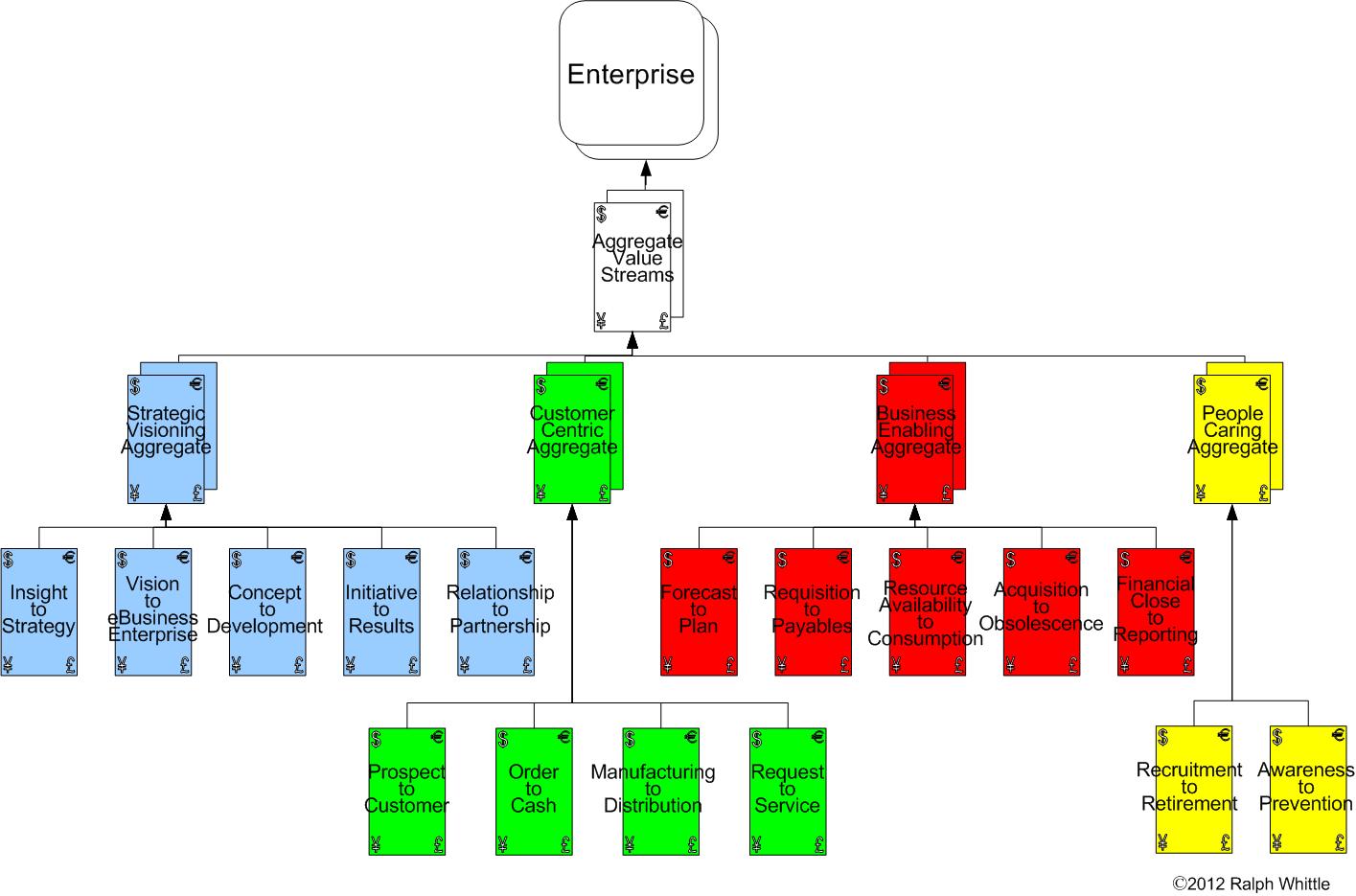
Figure 1 – Generic Build-to-Order Manufacturer Value Stream Structure
The representation in Figure 1 is very different from the typical presentation of business processes arranged in neat functional columns and rows. The difference lies in the use of value streams as the “organizing principle.” The value streams in Figure 1 are grouped by stakeholder (in blue), customer (in green), internal business user (in red) and employee (in yellow); a structure appropriate for a generic build-to-order manufacturer. The value streams then decompose into purposely organized and structured business processes as illustrated in Figure 2. As you can then imagine, the decomposition continues all the way down until you reach the swim lane levels.
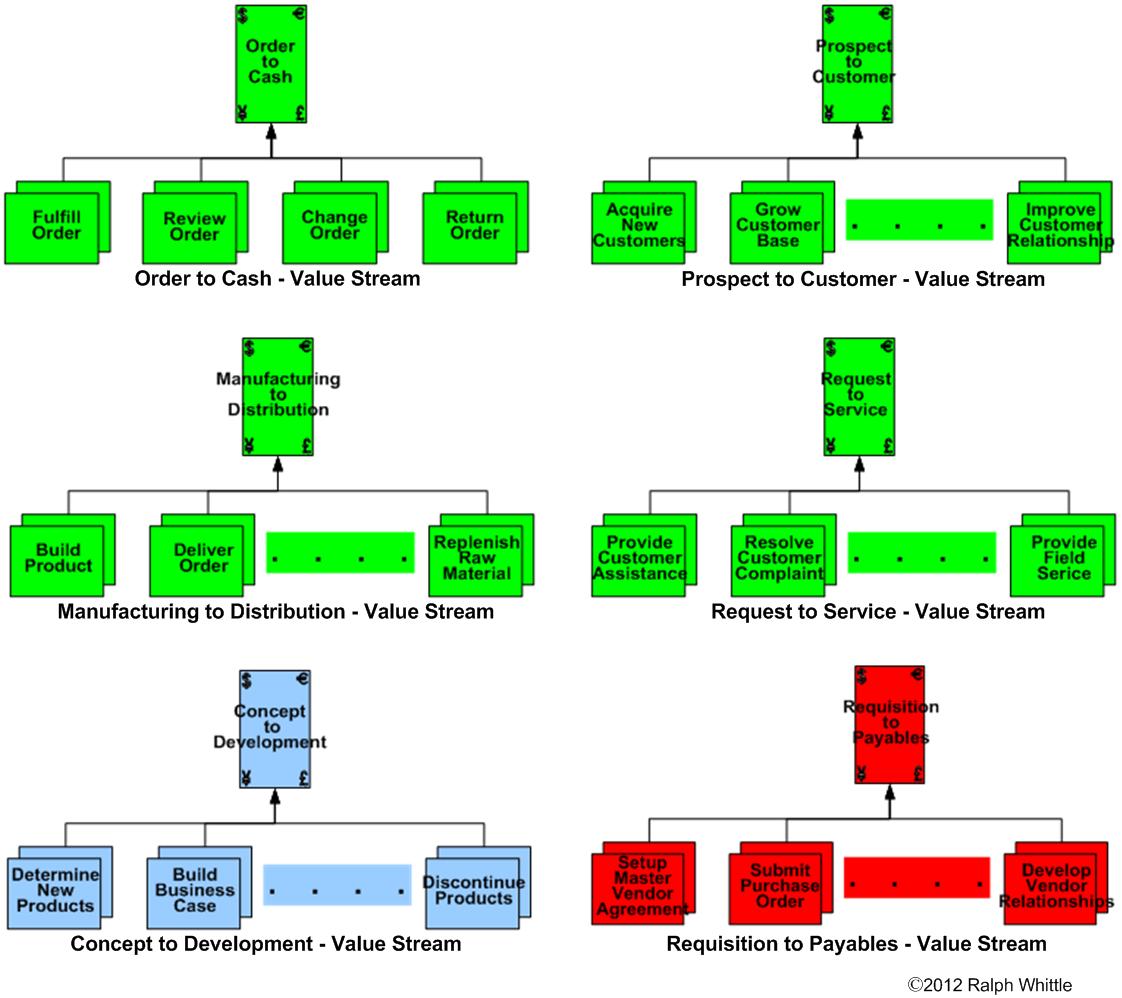
Figure 2 – Some Decomposed Examples of Value Streams
THE “BUSINESS AND SYSTEMS SOLUTION”
Defining a series of customer centric strategic initiatives will have to consider the many factors which will create this “differentiation in the minds of the customer.” And the customers have to be willing to pay a premium price for this differentiation similar to Apple’s customers. Simply put, the customer will expect a quality product, delivered on time and with some ability to influence the evolution of current products and the development of future ones. So where does the Business Analyst begin?
Realizing the “fickle nature” of customers in this particular marketplace, what might the enterprise undertake to create loyal customers who might abandon the other competing suppliers? While it is most certainly difficult at times working with customers, not working with them yields the enterprise absolutely no benefit at all. Where is the opportunity to develop rapport with your customers if you only communicate with them when you process the web order or when they have a problem with the order itself? After all, this is the Information Age and customers can be reached by anyone, anytime and anywhere! This Information Age access to customers provides the rationale for using values streams, which are inherently customer focused.
Beginning the analysis at a high-level, you might start with the business processes that stimulate customer demand and build rapport with the customer. Those business processes in the Concept to Development and Prospect to Customer value streams shown in Figure 2 may embody a “string of business processes” that once optimized might stimulate customer demand. For example, if the soon “to be” build-to-order manufacturer collaborates closely with their customers to determine which new products to manufacture and which existing products to enhance, this will improve the relationships with their customers and will increase the chances of successful introduction of new/enhanced products. The expected outcomes are increasing orders for the “to be” build-to-order manufacturer and declining orders for their competitors. See Figure 3.
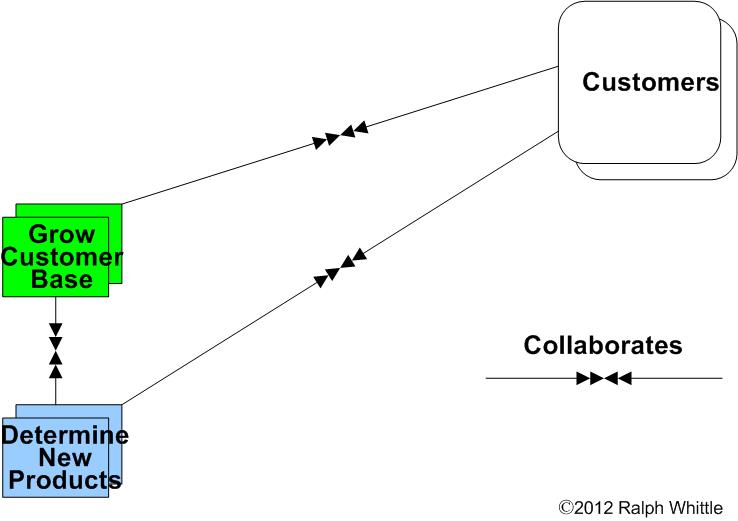
Figure 3 – Rapport Building
Please understand the “collaborates” construct (the meeting of two double headed arrows) used in these figures represents the exchanges of inputs/outputs, and it necessarily reduces the detail and complexity of the model for the purposes of review in this article. Just realize that this is a high level overview of a complicated approach.
When successful with the customer collaboration and rapport building, how will the “to be” enterprise meet the growing demand for their products? Obviously, another area to scrutinize for improvement is the set of business processes that deal with building products and delivering orders. How will the enterprise change its focus to that of being driven by actual customer demand, and away from being driven by estimated or forecasted sales? This enterprise must shift towards a build-to-order business model and away from their current build-to-stock business model. In other words, nothing is built to stock, but only built after the customer has placed the order. And the enterprise must fulfill the customers’ order within a specified and predictable time so as to enhance the operational efficiency of the customer’s enterprise. For example, if the marketplace’s typical delivery time is seven days from order placement, then the new business and systems solution will not only have to immediately meet that expectation, but put into place additional improvements and efficiencies to reduce delivery time below the seven day marketplace average. This is no small undertaking; changing to a different business model and reducing the time it takes to deliver orders is quite demanding!
Those business processes in the Order to Cash and Manufacturing to Distribution value streams shown in Figure 2 may represent a “string of business processes” that when properly integrated, will move the enterprise towards a responsive build-to-order business model. See Figure 4.
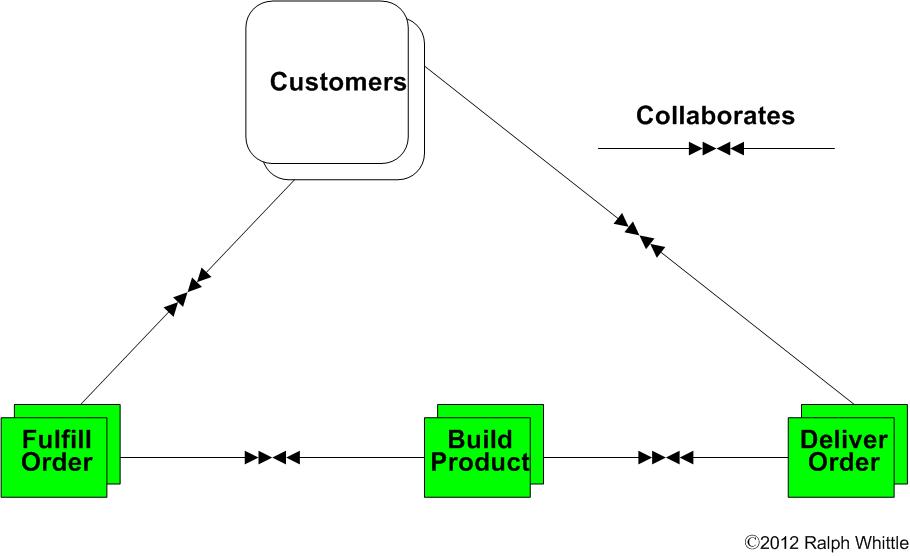
Figure 4 – Customer Fulfillment
Successfully responding to customer demand will require further analysis of those business processes and value steams that support customer fulfillment. Another area of opportunity might reside in raw material replenishment and perhaps it will expose another “string of business processes” for analysis. Those business processes in the Requisition to Payables value stream as well as others in Manufacturing to Distribution shown in Figure 2 will require careful examination. Using forecasted or estimated sales projections as a basis for procuring raw materials has some inherent inefficiencies. Can moving to a build-to-order business model leverage both satisfying customer demand and managing raw material inventories more efficiently? For example, take into account the costs associated with raw material inventory and their finished goods inventory; the higher these inventory levels, the higher the inherent costs. This build-to-order business model will require the enterprise to develop an approach that uses the same demand from customers to drive not only customer fulfillment, but the procurement of raw materials as well. See Figure 5.
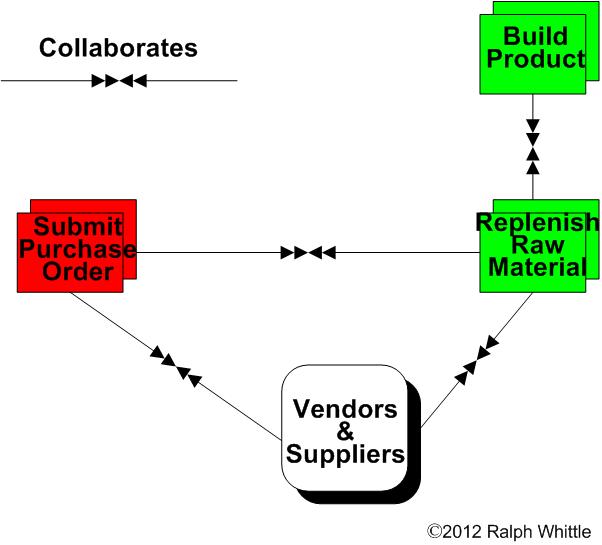
Figure 5 – Raw Material Replenishment
As you can see from the brief description of potential business and systems solutions, this is a most significant undertaking. It will require three carefully coordinated and complex strategic initiatives in order to achieve the desired results. However, the real opportunity for the enterprise resides in harnessing the synergy between these three initiatives, rather than simply improving the efficiency of a variety of independent business processes. Obviously, it is too optimistic to expect quick solutions from this high level overview, but realizing strategic insights as to where opportunities await discovery are possible. In reality, the multitude of requirements, performance expectations and complex relationships will demand meticulous exploration and careful scrutiny of the model’s components, their resources and supporting organizational teams.
At the conclusion of the three strategic initiatives the business and systems solutions will appear integrated as depicted in Figure 6. And this illustration reveals another opportunity for the enterprise. Figure 6 goes well beyond an assumption that the three strategic initiatives are isolated from one another. Independently, each may represent a “string of business processes” but collectively, each actually characterizes an integrated loop. Remembering the quote from the article[7] referenced earlier, Figure 6 actually exemplifies a very long and complex string of integrated business processes that once designed, integrated, optimized and operational will provide superior value to the customer and be very difficult for a competitor to imitate!
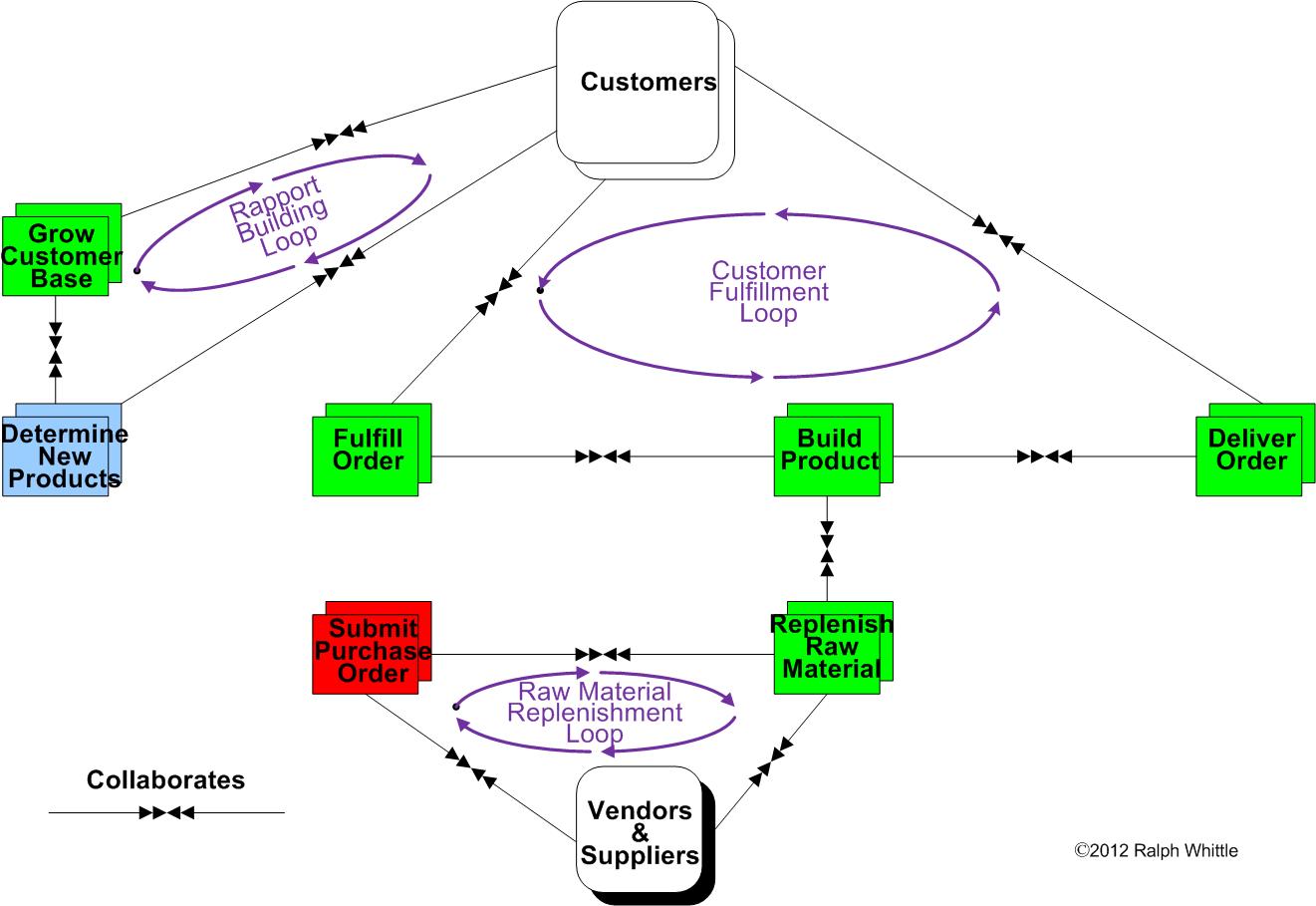
Figure 6 - Business Processes Integrated in Loops
Further analysis of Figure 6 realizes that there is neither a sequence to follow nor marked starting/ending points when considering the integration of the three initiatives. Rather what Figure 6 actually symbolizes is a systems thinking view representing the integration of decisions and actions across many independent subunits. “Systems thinking is a discipline for seeing the structures that underlie complex situations and for discerning high from low leverage change.”[8] It is more accurate to describe Figure 6 as a “set of integrated loops” exposing intricate linkages and connections, somewhat overwhelming to the “linear thinking” characteristic of many functionally oriented enterprises. Just consider some of the possibilities and relationships between the loops. For example, through successful marketing and development of customer relationships, the Rapport Building Loop might activate several Customer Fulfillment Loops. After numerous Customer Fulfillment Loops, the Raw Material Replenishment Loop is activated in order to keep the production lines fully operational. And so on with countless variations in the activations of these loops and other enterprise loops. Readers not familiar with a build-to-order manufacturer might find this discussion a bit confusing. After all, this kind of enterprise complexity is hard to convey and cannot be reduced to a modest number of sequential steps in a linear process model using functional thinking. This kind of analysis is enabled and enhanced by a Business Architecture model and a “systems thinking” view.
CLOSING THOUGHTS
From the decomposed value streams found in the Business Architecture, we can begin to design and tightly integrate a set of business processes to give the enterprise a competitive advantage. And “feedback,” understanding “how actions reinforce or counteract (balance) each other”[9] is required along with the supporting metrics and measures for success. And of course, business analytics are key in optimizing and improving the integrated loops. This is where the real work begins in examining the flows, two-way exchanges of inputs and outputs, and other interdependencies in order to achieve competitive advantage.
From the example in Figure 6, you can see how the “fit” among activities is designed to increase differentiation in the marketplace by providing superior products and customer services, and setting the expectation of achieving a competitive advantage. Through careful analysis, you can develop strategic insights into what the enterprise might achieve by understanding these complex interrelationships.
Now back to that Business Analyst job description at the beginning of this article:
…The Analyst will use analytical, technical and organizational skills and experience to facilitate the identification, design and implementation of business and systems solutions in a rapidly growing and evolving business…”
Once you have successfully led and completed the strategic initiatives described in this article, you might consider adding this comment to your job description:
“…Once implemented, these business and systems solutions will build a strategic capability that delivers a competitive advantage for the enterprise….”
And that achievement can differentiate “you” in a competitive marketplace as well!
Author: Ralph Whittle is co-author of a book titled, Enterprise Business Architecture: The Formal Link between Strategy and Results, CRC Press 2004. He is a Strategic Business/IT Consultant and subject matter expert in Enterprise Business Architecture development and implementation. He is also co-inventor of a patented Strategic Business/IT Planning framework.
Website: www.enterprisebusinessarchitecture.com
Email: [email protected]
Phone: 662-363-2793
Cell: 901-338-5820
References:
[1]. Modern Analysts web site, “The Business Analyst Profession” web page: http://www.modernanalyst.com/TheProfession/Definition/tabid/100/Default.aspx
[2]. Porter, Michael E., Competitive Advantage: Creating and Sustaining Superior Performance (The Free Press 1985), pages 12.
[3]. Whittle, Ralph. “A New Order of Things with the Business Architecture.” BPMInstitute, 2010, http://www.bainstitute.org/resources/articles/new-order-things-business-architecture
[4]. Stalk, George, Philip Evans and Lawrence E. Shulman “Competing on Capabilities: The New Rules of Corporate Strategy.” Harvard Business Review March-April 1992. http://jmbruton.com/images/Stalk_Competing_on_Capabilities.pdf
[5]. See http://www.enterprisebusinessarchitecture.com/model/Enterprise%20-%20Entity/Enterprise%20-%20Hierarchy.htm . Please use “Internet Explorer” as the navigation and hyperlinks are configured for this browser; other browsers do not support the navigation and hyperlinks.
[6]. Martin, James, The Great Transition: Using the Seven Disciplines of Enterprise Engineering to Align People, Technology, and Strategy (American Management Association 1995), page 104.
[7]. Stalk, George, Philip Evans and Lawrence E. Shulman. See 4.
[8]. Senge, Peter M., The Fifth Discipline: The Art & Practice of The Learning Organization (Doubleday 1990), page 69.
[9]. Senge, Peter M. See 8, page 73.